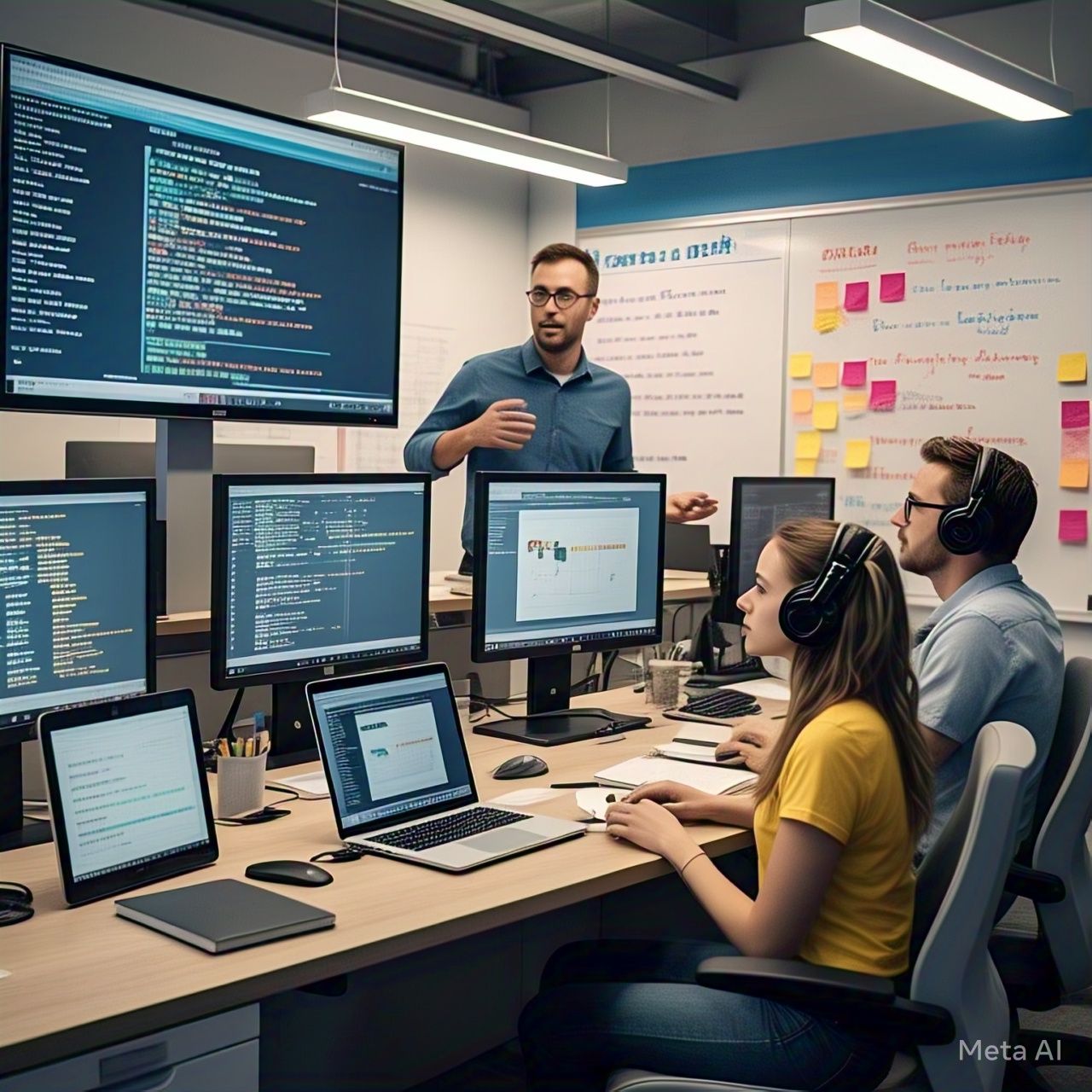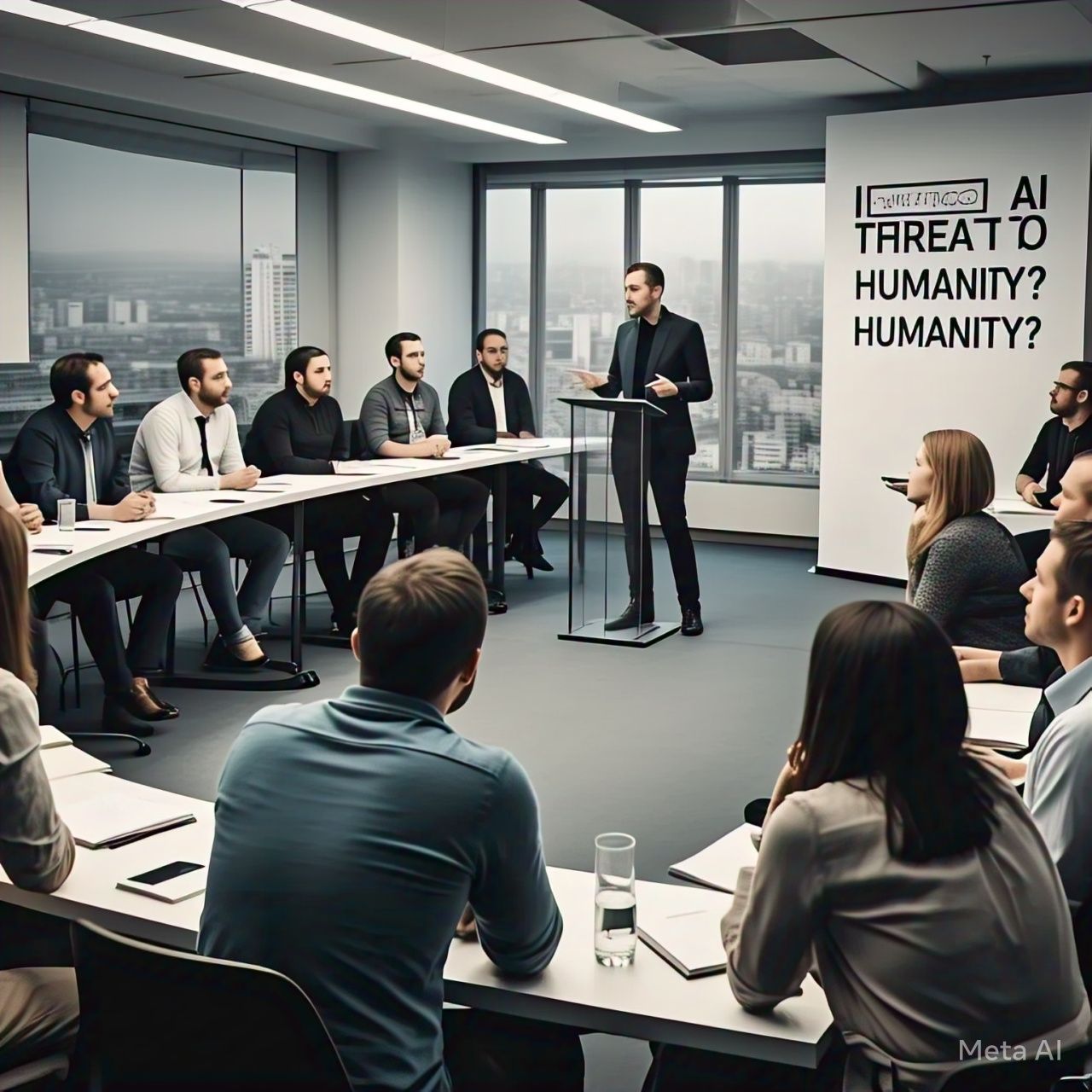Table of Contents
- Introduction
- What Is Decision-Making?
- The Importance of Understanding Decision-Making
- The Science Behind Decision-Making
- Types of Decision-Making Processes
- Cognitive Biases That Influence Decisions
- Emotions and Their Role in Decision-Making
- The Impact of Social Influences on Our Choices
- Decision-Making in High-Stakes Situations
- How to Improve Decision-Making Skills
- Real-Life Case Studies in Decision-Making
- Conclusion
- FAQs
- References
1. Introduction
Every day, we make countless decisions—some minor and others life-changing. From what to eat for breakfast to choosing a career path, decision-making is an integral part of our lives. But why do we make the choices we do? Are they rational or influenced by hidden forces? This article dives into the psychology of decision-making, exploring the science, factors, and strategies that shape our choices.
2. What Is Decision-Making?
Decision-making is the cognitive process of selecting a course of action from multiple alternatives. It involves gathering information, evaluating options, and choosing based on reasoning, intuition, or both (Kahneman, 2011).
3. The Importance of Understanding Decision-Making
Understanding how and why we make decisions is crucial in areas like:
- Business: Effective leadership and strategy formulation.
- Healthcare: Patient choices impact treatment outcomes.
- Personal Life: Improved relationships and life satisfaction.
By learning about decision-making, we can:
- Recognize biases.
- Make informed choices.
- Improve critical thinking.
4. The Science Behind Decision-Making
Cognitive Psychology
Cognitive psychology studies how people perceive, remember, and think, forming the foundation of decision-making.
Neuroscience and the Brain
Key areas involved in decision-making:
| Brain Region | Function |
|---|---|
| Prefrontal Cortex | Rational thought, planning, risk assessment |
| Amygdala | Emotional responses |
| Striatum | Habit formation and reward processing |
Neuroimaging studies show how rational thought and emotions interplay during choices (Bechara et al., 1997).
5. Types of Decision-Making Processes
| Type | Description |
|---|---|
| Rational Decision-Making | Analytical, logical, based on data (Simon, 1955). |
| Intuitive Decision-Making | Fast, instinctive, relies on gut feelings (Gigerenzer, 2007). |
| Heuristic Decision-Making | Rule-of-thumb methods to simplify complex choices (Tversky & Kahneman, 1974). |
Rational vs. Intuitive
While rational decision-making requires time and analysis, intuition often helps us in fast-paced scenarios.
6. Cognitive Biases That Influence Decisions
Cognitive biases are mental shortcuts that lead to errors in judgment.
| Cognitive Bias | Impact on Decisions |
|---|---|
| Confirmation Bias | Focusing on information that supports existing beliefs (Nickerson, 1998). |
| Anchoring Bias | Relying too heavily on the first piece of information encountered (Tversky & Kahneman, 1974). |
| Availability Heuristic | Overestimating the importance of information readily available (Tversky & Kahneman, 1973). |
| Overconfidence Bias | Overestimating one’s abilities or knowledge (Pallier et al., 2002). |
These biases often cause irrational decisions, especially under uncertainty.
7. Emotions and Their Role in Decision-Making
Contrary to the belief that emotions cloud judgment, they play a crucial role in guiding decisions, particularly in complex and ambiguous situations (Damasio, 1994).
The Somatic Marker Hypothesis
Neuroscientist Antonio Damasio proposed that emotional processes guide behavior and decision-making, especially when time and information are limited.
8. The Impact of Social Influences on Our Choices
Our decisions are often shaped by social factors, including:
- Peer pressure: Conforming to group norms (Asch, 1955).
- Authority influence: Obeying authoritative figures (Milgram, 1963).
- Social proof: Following the crowd when uncertain (Cialdini, 1984).
Example
The Asch Conformity Experiments demonstrated how people often conform to incorrect group consensus, even when they know it’s wrong.
9. Decision-Making in High-Stakes Situations
High-pressure decisions, such as those made by emergency responders or military personnel, require rapid judgment.
Stress and Decision-Making
Stress can:
- Narrow focus.
- Impair working memory.
- Increase reliance on heuristics (Driskell et al., 2001).
Training and experience can mitigate stress effects and improve performance.
10. How to Improve Decision-Making Skills
Strategies to Enhance Decision-Making
- Awareness of Biases: Recognizing biases helps avoid pitfalls.
- Critical Thinking: Evaluate information logically and objectively.
- Pros and Cons Lists: Helps clarify options.
- Delay Gratification: Avoid impulsive decisions.
- Seek Diverse Perspectives: Reduces blind spots.
Tools and Techniques
- Decision Trees: Visualize choices and consequences.
- SWOT Analysis: Evaluate Strengths, Weaknesses, Opportunities, Threats.
- Mindfulness: Enhances clarity and emotional regulation (Kiken et al., 2015).
11. Real-Life Case Studies in Decision-Making
1. The Challenger Disaster (1986)
NASA’s decision to launch the Challenger despite warnings demonstrates groupthink and overconfidence bias (Vaughan, 1996).
2. Netflix’s Business Pivot
Netflix’s move from DVD rentals to streaming services was a data-driven decision backed by market analysis and intuition about changing consumer preferences.
3. Personal Decision Example
Choosing a career path often involves balancing personal passion (emotion) and practical considerations (rational thought).
12. Conclusion
The psychology of decision-making is complex, blending rational analysis, emotions, cognitive biases, and social influences. While no decision is ever purely rational or purely emotional, understanding the factors involved can lead to better, more informed choices.
By recognizing our limitations and using practical tools, we can improve our decision-making abilities, both personally and professionally.
13. FAQs
What is the psychology behind decision-making?
The psychology of decision-making involves understanding the mental processes—both conscious and subconscious—that influence how people choose between different courses of action.
How do emotions influence decision-making?
Emotions provide important signals that help guide decisions, especially in complex or ambiguous situations where logic alone may not suffice.
What are cognitive biases?
Cognitive biases are systematic errors in thinking that influence judgments and decisions. Examples include confirmation bias and overconfidence bias.
Can decision-making skills be improved?
Yes. Awareness of cognitive biases, practicing critical thinking, and using structured decision-making tools can significantly enhance decision-making skills.
Why do people make irrational decisions?
Irrational decisions often stem from emotional influences, cognitive biases, lack of information, or time pressure.
14. References
- Asch, S. E. (1955). Opinions and Social Pressure. Scientific American.
- Bechara, A., Damasio, H., & Damasio, A. R. (1997). Deciding advantageously before knowing the advantageous strategy. Science.
- Cialdini, R. B. (1984). Influence: The Psychology of Persuasion. Harper Business.
- Damasio, A. R. (1994). Descartes’ Error: Emotion, Reason, and the Human Brain. Putnam Publishing.
- Driskell, J. E., Salas, E., & Johnston, J. (2001). Does stress lead to a loss of team perspective?. Group Dynamics.
- Gigerenzer, G. (2007). Gut Feelings: The Intelligence of the Unconscious. Viking.
- Kahneman, D. (2011). Thinking, Fast and Slow. Farrar, Straus and Giroux.
- Kiken, L. G., Garland, E. L., Bluth, K., Palsson, O. S., & Gaylord, S. A. (2015). From a state to a trait: Trajectories of state mindfulness in meditation during intervention predict changes in trait mindfulness. Personality and Individual Differences.
- Milgram, S. (1963). Behavioral Study of Obedience. Journal of Abnormal and Social Psychology.
- Nickerson, R. S. (1998). Confirmation Bias: A Ubiquitous Phenomenon in Many Guises. Review of General Psychology.
- Pallier, G., Wilkinson, R., Danthiir, V., Kleitman, S., Knezevic, G., Stankov, L., & Roberts, R. D. (2002). The role of individual differences in the accuracy of confidence judgments. The Journal of General Psychology.
- Simon, H. A. (1955). A Behavioral Model of Rational Choice. Quarterly Journal of Economics.
- Tversky, A., & Kahneman, D. (1973). Availability: A heuristic for judging frequency and probability. Cognitive Psychology.
- Tversky, A., & Kahneman, D. (1974). Judgment under Uncertainty: Heuristics and Biases. Science.
- Vaughan, D. (1996). The Challenger Launch Decision: Risky Technology, Culture, and Deviance at NASA. University of Chicago Press.




